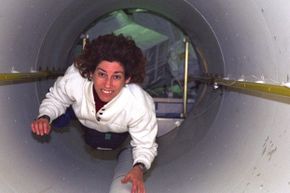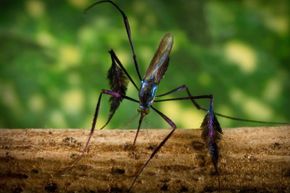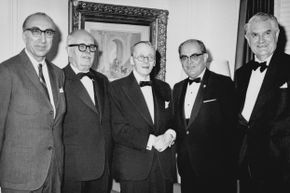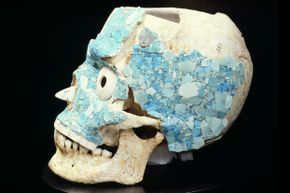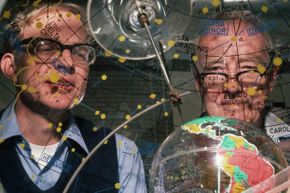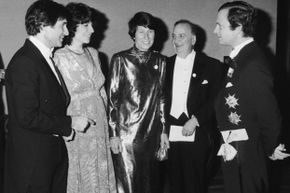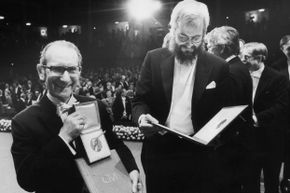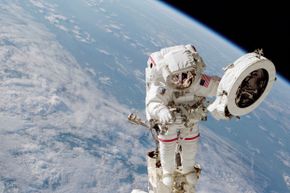Speaking of the immune system, when using antibodies to combat viruses or bacteria, the human immune system favors an everything-but-the-kitchen-sink approach. Unfortunately, the resulting soup of B cells and immunoglobulin is unsuited to targeted research. When César Milstein produced the first monoclonal antibodies in 1975, he not only solved this problem, he became one of the fathers of modern medicine.
At the time, researchers were struggling to create targeted pure antibodies that worked against known agents. Certain mouse spleen cells offered hope, but the specific antibodies they produced died too quickly to be useful. By combining these cells with immortal myeloma cells, Milstein and postdoc Georges Köhler produced large amounts of long-lived, identical (monoclonal) antibodies. For his work, Milstein shared the 1984 Nobel Prize in physiology or medicine with Köhler and Niels K. Jerne [sources: Nobel Prize].
Since then, researchers have applied his technique to other antibody hybrids and produced a versatile array of assays and diagnostics, including tools used in pregnancy tests, biomarkers, cancer treatments, highly specific vaccines, and blood and tissue typing [sources: Encyclopaedia Britannica; Chang; Telegraph UK].
Milstein was born to poor immigrant parents in Bahía Blanca, Argentina, and attended the universities of Buenos Aires and Cambridge, where he earned his Ph.D. In 1961, he headed a new molecular biology department in the National Microbiological Institute, but resigned a year later in reaction to Perón's persecution of intellectuals. He spent the rest of his career at Cambridge and held dual Argentine-British citizenship [sources: Chang; Nobel Prize; Telegraph UK].
